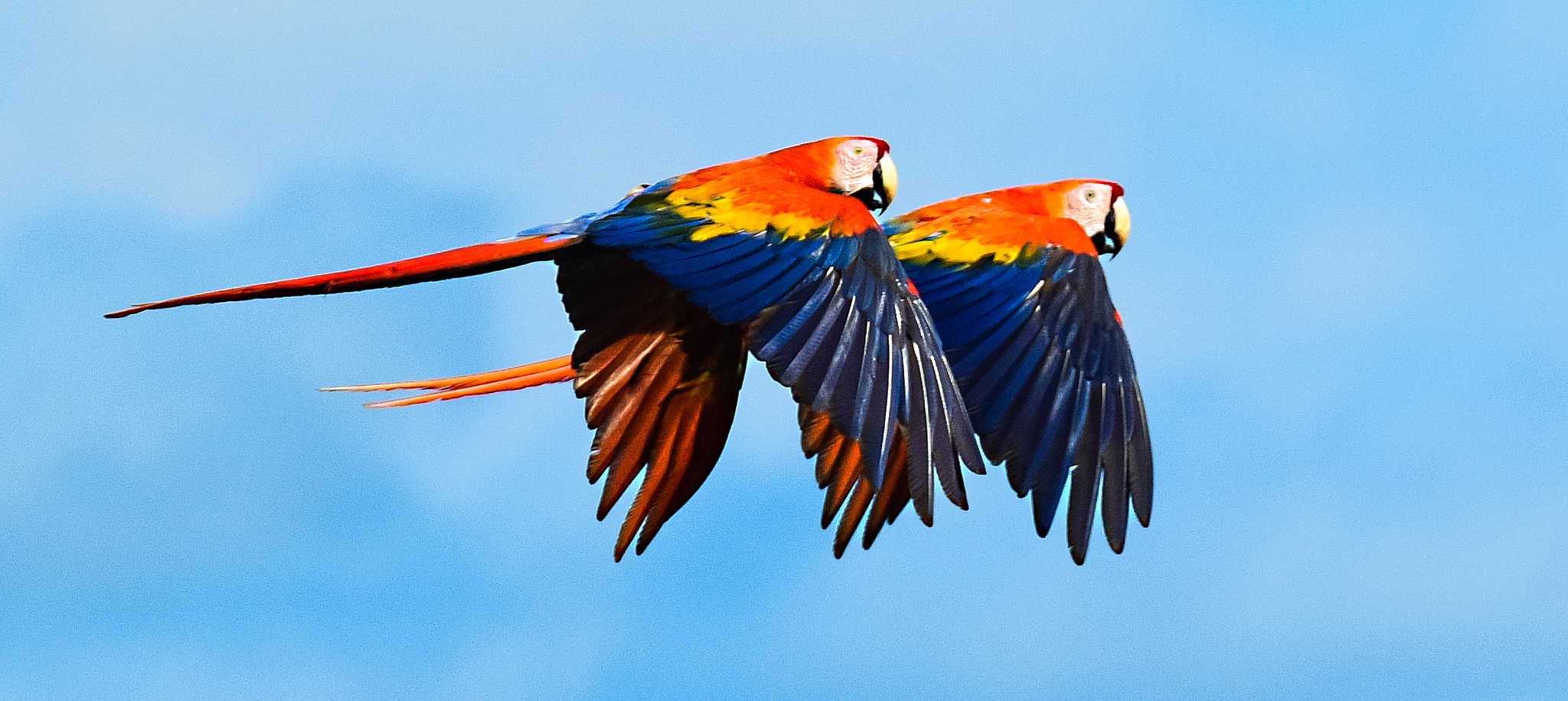Share this article
USFWS to list scarlet macaw subspecies as endangered
The U.S. Fish and Wildlife Service has announced its decisions to list the northern subspecies of scarlet macaw (Ara macao cyanoptera) as endangered under the Endangered Species Act.
Scarlet macaws are large neotropical parrots native to Mexico, Central America and South America, with the greatest concentration of their population in the Amazon. Destruction of the birds’ habitat and collection for the pet trade have reduced the scarlet macaw’s range in Mexico and Central America. It is no longer found in most of its former range in those areas.
While the scarlet macaw is currently classified as “least concern” by the International Union for Conservation of Nature, several countries throughout Central and South American have listed the species under their endangered species protections. The northern subspecies is considered in danger of extinction in Mexico, Belize, Costa Rica and Panama; threatened in Guatemala; a species of concern in Honduras; and protected from take in Nicaragua.
In South America, the southern subspecies (A. m. macao) is designated vulnerable in Peru and near threatened in both Ecuador and Venezuela. Its populations will also receive ESA protections under the USFWS decision. The northern distinct population segment will be listed as threatened. The southern distinct population segment will be listed as threatened based on similarity of appearance, as will various subspecies and crosses.
While scarlet macaws are not native to the United States, protection under the ESA can still offer conservation benefits by prohibiting activities such as import, export, take, interstate commerce and foreign commerce.
This final decision follows a 12-month finding and proposed rule published in 2012 and a revised proposed rule published in 2016. Both were followed by 60-day comment periods, and the comments submitted were considered in developing this final rule. The rule goes into effect March 28.
Header Image: Scarlet macaw populations are threatened by loss of their habitat and the pet trade. ©Peter Glenday








